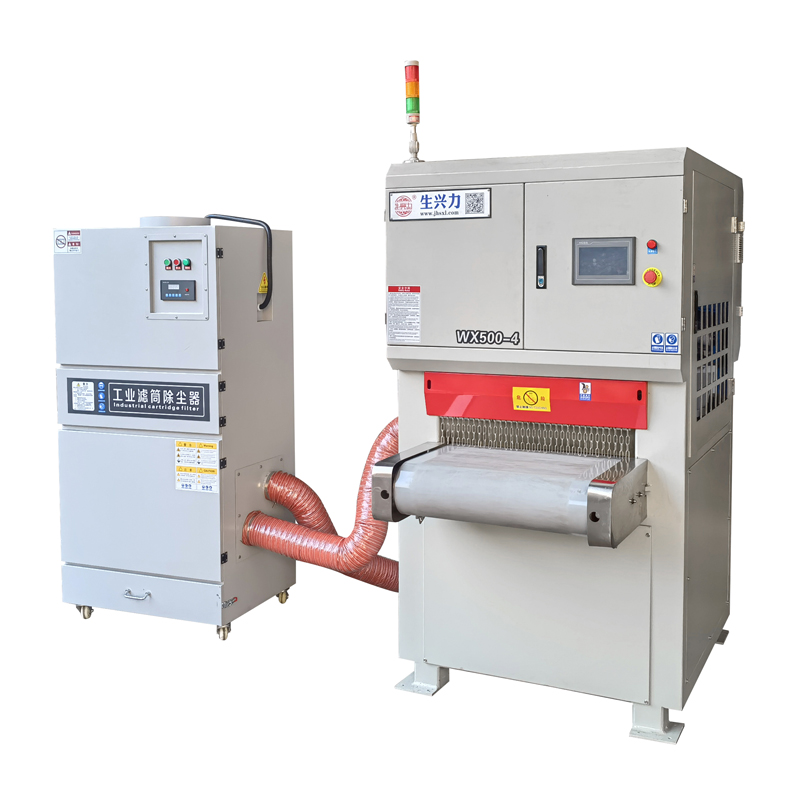

The conductive part of the tool cathode is aligned with the bristle edge, and the other surface is covered with an insulating layer, so that the electrolytic effect is concentrated in the burr part. During processing, the tool cathode is connected to the negative electrode of the electrolytic power supply, and the workpiece is connected to the positive electrode of the electrolytic power supply. A low pressure electrolyte (usually sodium nitrate or sodium chlorate aqueous solution) with a pressure of 0.1 to 0.3 mpa flows between the workpiece and the cathode. Deburring machine An electrolytic machining method for removing burrs from metal parts by electrolysis, referred to as ECM. The tool cathode (generally brass) is fixed near the part of the workpiece with burrs, and the two are separated by a certain gap (generally 0.3 to 1 mm).
When the electrolytic power supply is turned on, the burr will produce anodic dissolution and be removed and taken away by the electrolyte. The electrolyte has a certain corrosiveness, and the workpiece should be cleaned and treated with rust prevention after deburring. The disadvantage is that the vicinity of the burr of the part is also subjected to electrolysis, the surface will lose the original luster, and even the deburring edge will have discolored black. Electrolytic deburring is suitable for removing the burr of concealed parts or complicated parts, with high production efficiency, and the deburring time is generally only a few seconds to tens of seconds. This method is often used for deburring gears, splines, connecting rods, valve bodies and crankshaft orifices, as well as chamfering of sharp corners.
